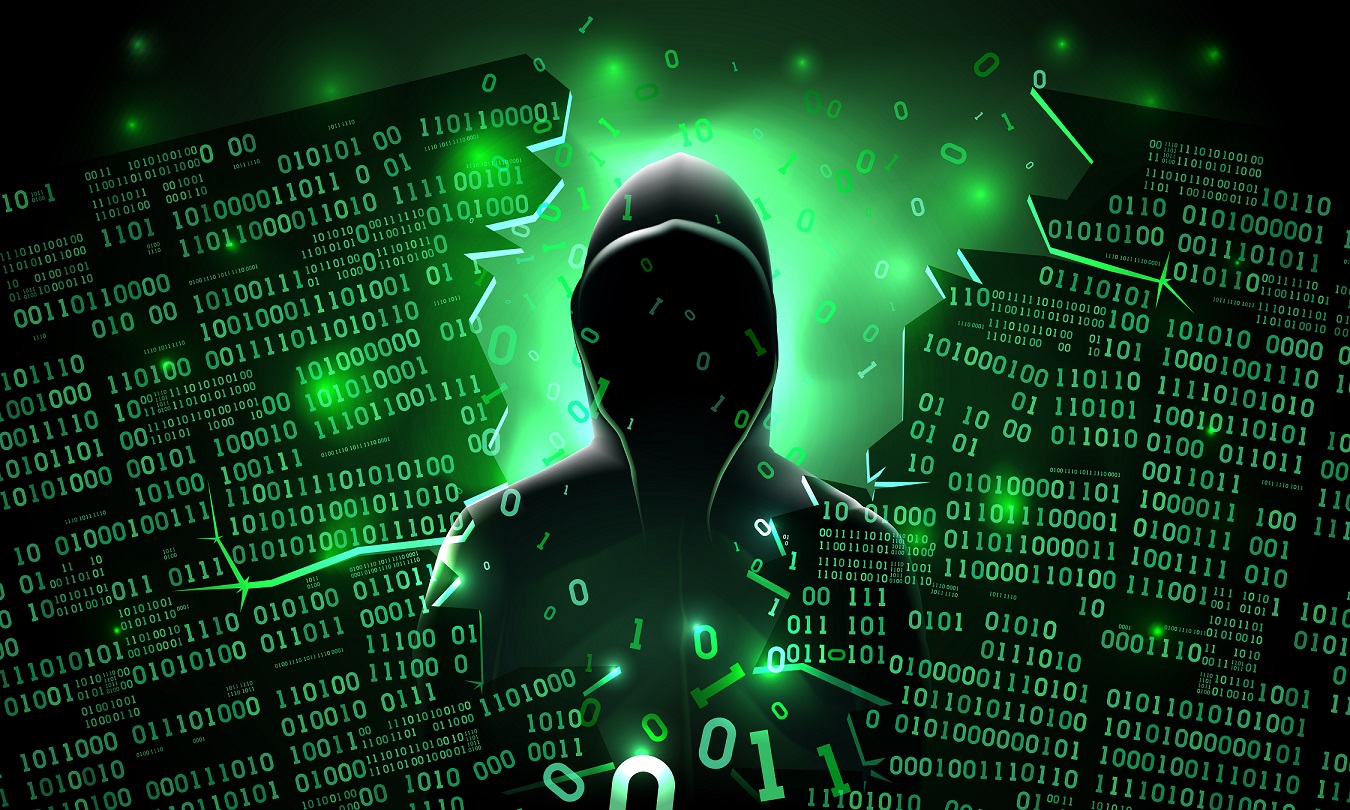In today’s digital landscape, the current cyber security scenario is more critical than ever. With an alarming rise in cyber threats, businesses and individuals must prioritize online safety.
Recent news highlights a surge in sophisticated attacks
Microsoft Entra ID
Datadog Security Labs recently found a security issue in Microsoft Entra ID, which allows attackers to use administrative units (AUs) to gain persistent backdoor access.
Ukraine bans Telegram
Ukraine has banned the use of Telegram on state-issued devices due to concerns about Russian cyber-attacks.
Internet of Things (IoT)
The IoT is a network of interconnected devices, such as appliances, vehicles, and sensors. The rapid adoption of IoT devices during the COVID-19 pandemic led to a spike in attacks on smart devices.
M-Trends 2024 Special Report
M-Trends provides an inside look at the evolving cyber threat landscape, with data drawn directly from frontline incident response investigations and threat intelligence findings of high-impact attacks and remediations around the globe.
The latest incident response metrics including dwell times, detection sources, initial infection vectors, and more:
- China-nexus attackers increasingly targeting edge devices and platforms that lack EDR
- Trending adversary operations and motivations behind zero-day attacks
- The evolution of phishing techniques amidst modern security controls
- Attackers are leveraging AiTM to compromise multi-factor authentication safeguards
- AI is effectively used in red and purple team operations to help boost cyber defenses
The frequency of data breaches has reached unprecedented levels, with hackers employing advanced techniques to infiltrate systems. High-profile cases serve as stark reminders that no entity is immune to these threats—whether it’s a multinational corporation or a small business.
Zero Trust differs fundamentally from traditional Perimeter Defense
Zero Trust and perimeter defense are two ways to protect computer systems. Zero Trust is like having multiple locks on your doors AND checking IDs at every room, meaning it trusts no one and constantly verifies everyone and everything trying to access anything. It’s great for stopping hackers, even if they manage to sneak in, and works well when people work from different places or use cloud services. Perimeter defense is like having a strong wall around our castle, focusing on keeping the bad guys out. But, if someone breaks through, they have easy access to everything inside. This older approach struggles with today’s threats and remote work situations.
Switching to Zero Trust is like upgrading our security system, but it takes time and money. It’s worth it because it provides much better protection. Remember, it’s not just one thing, but a whole new way of thinking about security, and we can start small and build up over time. Also, don’t ditch the wall completely, it’s still useful for basic protection.
Regulatory Compliance and Data Protection
As the digital landscape continues to evolve, organizations face increasingly complex challenges in maintaining regulatory compliance and ensuring robust data protection. This section explores the key aspects of these challenges and the solutions being implemented to address them.
Challenges in cross-border data transfers
Cross-border data transfers have become a critical issue in today’s globalized business environment. Organizations must navigate.
The Cybersecurity Skills Gap
As the digital landscape continues to evolve, the demand for skilled cybersecurity professionals has skyrocketed. However, the industry is facing a significant challenge: a widening skills gap that threatens to leave organizations vulnerable to cyber attacks. Let’s explore the various aspects of this critical issue and potential solutions.
Diversity and Inclusion in Cybersecurity
One of the key strategies to address the cybersecurity skills gap is promoting diversity and inclusion within the field. A diverse workforce brings different perspectives and experiences, leading to more innovative solutions and better problem-solving capabilities.
Benefits of diversity in cybersecurity:
- 1. Enhanced creativity and innovation
- 2. Improved decision-making processes
- 3. Better representation of diverse user bases
- 4. Increased cultural awareness and sensitivity
Organizations are implementing various initiatives to promote diversity, such as targeted recruitment programs, mentorship opportunities, and inclusive workplace policies.
Upskilling and Reskilling Initiatives
To bridge the skills gap, many companies and educational institutions are focusing on upskilling existing employees and reskilling professionals from other fields. These initiatives aim to create a pipeline of qualified cybersecurity professionals.
| Initiative Type | Description | Benefits |
| Bootcamps | Intensive, short-term training programs | Quick skill acquisition |
| Online Courses | Flexible, self-paced learning options | Accessible to a wide audience |
| Certifications | Industry-recognized credentials | Validation of skills and knowledge |
| Apprenticeships | On-the-job training and mentorship | Practical experience and guidance |
Automation to Bridge the Gap
As the cybersecurity skills shortage persists, organizations are turning to automation to help manage the workload and improve efficiency. Automated tools and processes can handle routine tasks, allowing human experts to focus on more complex challenges.
Key areas where automation is making an impact:
- Threat detection and response
- Security information and event management (SIEM)
- Compliance monitoring and reporting
While automation can help alleviate some of the pressure caused by the skills gap, it’s important to note that human expertise remains crucial for interpreting results and making strategic decisions.
Shortage of Qualified Professionals
The cybersecurity industry is grappling with a severe shortage of qualified professionals. This scarcity has far-reaching consequences for organizations’ ability to protect themselves against cyber threats.
Factors contributing to the shortage:
- Rapid technological advancements
- Increasing complexity of cyber attacks
- High barrier to entry for newcomers
- Lack of awareness about cybersecurity career paths
To address this challenge, industry leaders are advocating for increased collaboration between academia, government, and the private sector. These partnerships aim to develop comprehensive educational programs, create more entry-level opportunities, and raise awareness about cybersecurity careers.
As we move forward, addressing the cybersecurity skills gap will be crucial for organizations to maintain robust defenses against evolving cyber threats. The next section will explore the impact of emerging technologies on the cybersecurity landscape and the new challenges they present.
Investing in comprehensive cyber security strategies is not just an option; it’s imperative for survival in this digital age. Organizations must stay informed about emerging threats and adopt proactive measures to safeguard their assets. The time to act is now—because when it comes to cyber security, complacency can lead to catastrophic consequences.
“Think Before You Click” Maze: Navigate a series of decision points based on real-world scenarios, choosing the safest option to avoid phishing traps and other online threats.




